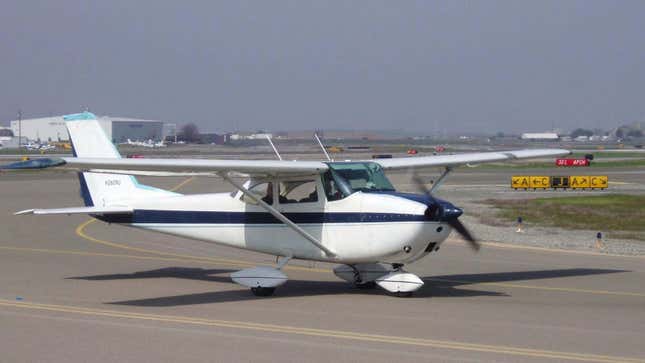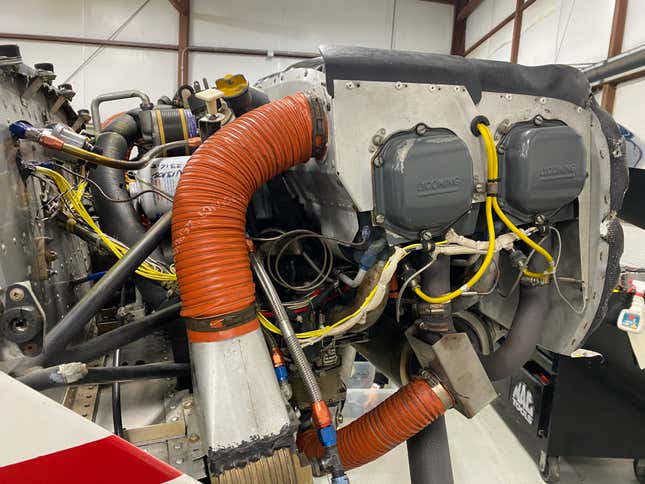
The Environmental Protection Agency has made an announcement that’s been decades in the making. After many years of research, the agency is about to evaluate just how bad leaded aviation fuel is for your health.
Environmentalist groups, physicians, and governments have spent two decades pressuring the EPA to find a way out of leaded avgas. The EPA has spent that time investigating lead emissions and the impact of those emissions on pollution. The development of unleaded aviation fuels and the growing number of planes that can fly burning them has renewed a push to finally get lead out of avgas.
In 2017, the EPA was supposed to release an “endangerment finding,” a document that would detail research on the health impacts of lead in avgas that would be one of the critical steps in getting rid of its usage.
The year came and went without an endangerment finding. Meanwhile, an FAA initiative to develop a replacement fuel by 2018 had also failed. Now, the EPA says that a huge step to getting it done is right around the corner
Yesterday, the EPA said that it’s evaluating whether lead emissions from aircraft endanger health. The proposed endangerment finding is now expected this year, with the final finding landing in 2023. The finding will help lay the groundwork for the agency’s goal of total elimination of leaded avgas.
The search for a way out of leaded fuel goes back to the 1980s. Cars finally got rid of lead in 1996, but planes carried on. Aircraft got a pass because at the time, there wasn’t a suitable replacement for leaded gas. The addition of lead in an aircraft engine keeps detonation at bay and is good for raising octane.

Breathing in lead has detrimental impacts to the human body ranging from nervous system and immune system damage to learning problems and a lower IQ in children. Lead can also be absorbed by plants and the ground.
There is no known safe level of lead exposure.
As we wait for the endangerment finding, the EPA has some statistics about the state of leaded fuel in aviation. There are 167,000 planes flying that run on leaded fuel that take off and land at some 20,000 airports. And while levels of airborne lead have reduced by 99 percent since 1980, aircraft still account for 70 percent of the lead in the air today.

Five million people who live close to those 20,000 airports are the most vulnerable, and that number includes 360,000 children.
There have been recent breakthroughs in unleaded aviation gas, including General Aviation Modifications Inc (GAMI) drop-in 100LL replacement G100UL and Swift Fuels UL94. A 2017 Santa Clara University study found that UL94 alone could be used in more than half of the planes running leaded fuel.
Some governments are taking matters into their own hands. Most notably, Flying Magazine reports, both of the airports in Santa Clara County no longer carry leaded aviation fuel. Thankfully, pilots will be able to see a Notice to Airmen (NOTAM) for the airports warning them of such.
Hopefully, this time the EPA is true to its word and actually gets us closer to truly ridding the air of leaded fuel.